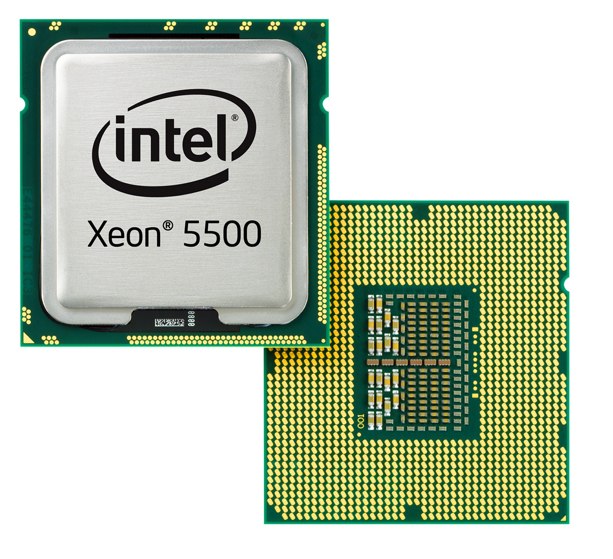Intel promises faster, greener, cheaper computing with Xeon 5500

Intel today introduced the long-awaited Xeon 5500 microprocessor, previously code-named Nehalem, calling it the biggest announcement since the company first introduced the Pentium Pro chip back in 1995.

Specifically, the company is pointing to the technology within the chip that makes it more flexible while also also offering faster speeds and more efficient use of energy. Intel highlighted some performance benchmarks, looked at specific servers, compared the performance against the previous generation chip, and found performance benchmarks that increased by more than 150 percent in some cases.
The company also pointed to enhancements in the memory subsystem, as well as the I/O subsystems. And it made note of the improvements that will enhance virtualization benchmarks.
But what was most impressive was the cost savings and ROI numbers for data centers.
These days, as IT departments see budgets and resources shrink, the main job has become management of the data center, leaving little time or money for innovation. Intel boasts that the performance of the Xeon 5500 is such that IT departments will see an 90 percent performance improvement, compared to servers with single-core chip, as well as an 18 percent increase in energy efficiency.
On the stage, Intel drives home the point by stacking nine servers next to a single Xeon 5500 server that can do the same work better, faster and cheaper. With new technologies and safeguards in place - things like automated power-capping technologies that keep IT managers from having to constantly monitor the generated heat and power used in the data center - companies can go back to innovating in the IT departments.
Already, companies like IBM, HP, Dell and others are announcing their products built on the Xeon 5500 platform and are pushing many of the same themes: cost-savings, increased energy efficiency and improved performance.
Also see: